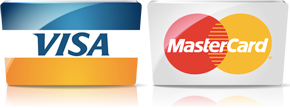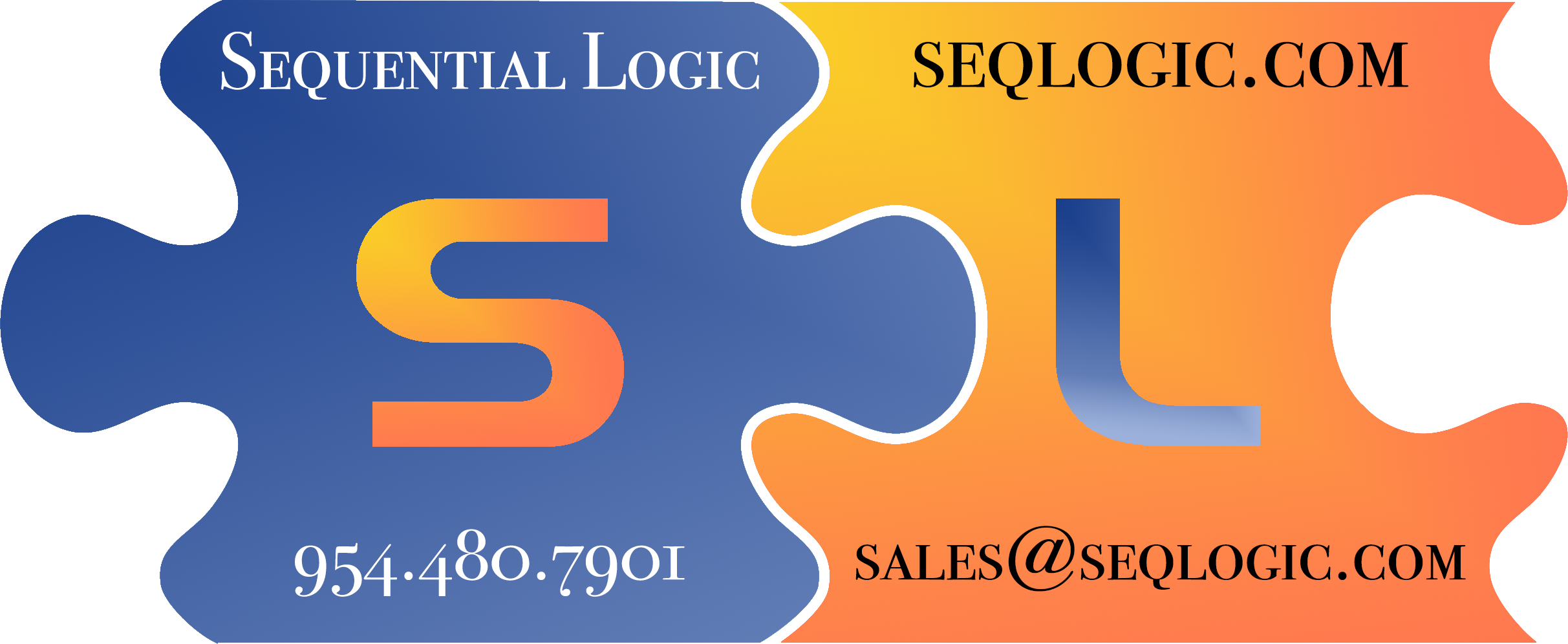
Human Motivational Optimization
You read all the blogs on website design, you know all the ins-and-outs of search engine optimization, and Google Adwords. No one is going to pull a fast one on you. You know your business, your market, and your needs. Or do you?
How much do you really know about how real people interact with your website? How much do you really know about what we call Human Motivational Optimization? All the stats, logs, and number crunching analysis that forms the basis of many website development plans does not truly give you the visceral understanding of how to connect to an audience, and isn't that what you want your website to do?
So maybe your plan is the wrong plan; it's like planning a trip to Home Depot to buy a cabbage; it just doesn't make sense. So how about a plan that does make sense, something simple, understandable, easy to implement, that is if you hire the right people to do it. But before we tell you the four steps to creating your very own Website Branding Plan, let's talk about Don LaFontaine.
Every Company Needs A Movie Trailer
Chances are you don't know who the late Don LaFontaine was, but you've heard his voice many, many times. Don was the most famous and influential voice behind thousands of movie and television trailers. He had a distinctive deep, gravely voice, and a writing style that reinvented the entire movie trailer format. But why should you care? Simple. Movie trailers are the ultimate elevator pitch, a short memorable performance that compels you to action, kind of like what a mission statement is suppose to do, but I'm getting ahead of myself. Let's start at the beginning, or rather, the end.
Branding Starts With Thinking Backwards
Most people like to start a project at the beginning and work their way through until they reach the end. Makes sense, or does it? If you don't start with where you want to end-up, it's unlikely you'll ever get where you want to go. Remember our cabbage? Planning a shopping to trip to Home Depot because they got cool stuff, doesn't help if what you want is a cabbage.
Branding is no different. If you don't start with how you want your audience to think about you, they will probably never think about you at all. So now that we got that straight let's start our plan where it makes sense, the end.
The 4 Step Web-Branding Plan
1 - The Slogan
Your slogan, you know the thing that sits underneath your logo, that simple little phrase somebody in your office came up with that makes you sound important, stuff like "the cool air conditioning company." Most small and medium size companies don't think too hard about this little marketing gem, and as a result they either have something really cheesy, or some meaningless platitude that has no memorable meaning at all, like "the best people for the best job."
Just because you're small and don't have millions of dollars to spend on television ads promoting your pithy little motto, doesn't mean you shouldn't have one. That catchphrase is who you are, and how you want people to remember you, short, memorable, and to the point. I remember my sons arguing over some complicated bit of business when one of them in frustration finally said, "Enough already. Give it to me in one word or less!" a demand to articulate what was important without all the peripheral issues; a lesson all businesses should pay attention to.
2 - The Story Line (Logline)
To my mind, mission statements are a totally dysfunctional marketing element, misused and abused by a bean-counter attitude, born out of trying to squeeze every last drop of information into a statement that won't offend anybody. A wise man once said, "If what you're saying doesn't offend somebody, maybe you're not saying anything" and most mission statements that are full of meaningless platitudes and toned-down amendments, fall into the category of not saying anything, at least, anything worth hearing.
Okay so let's forget about mission statements, after all this isn't the military, and we're not planning the next Desert Storm. Instead let's think loglines, or what you can think of as your brand story line.
You know those short statements you find in TV Guide, or your weekend television insert, prompting you to watch the next episode of 'House,' or 'Desperate Bimbos.' They are a short form text version of a trailer, intended to get you to watch the movie or television show. For our purposes, we want people to go to our website, and stay-tuned long enough to get our core marketing message, and not walk out half way through the presentation. So, how do we do that?


